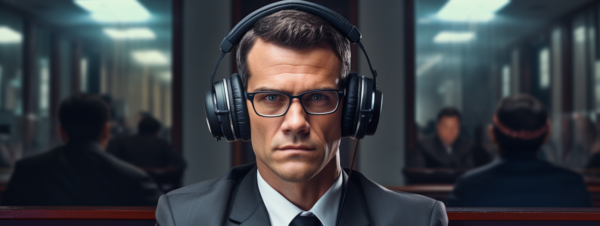By Dennis Crouch
Thaler v. Perlmutter, No. 22-1564 (D.D.C. Aug. 18, 2023).
A federal court has dealt a blow to the prospect of granting copyright protections to works created entirely by artificial intelligence systems. In their recent decision, Judge Howell ruled that because AI systems lack human authorship, their output is ineligible for copyright.
To continue reading, become a Patently-O member. Already a member? Simply log in to access the full post.

